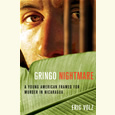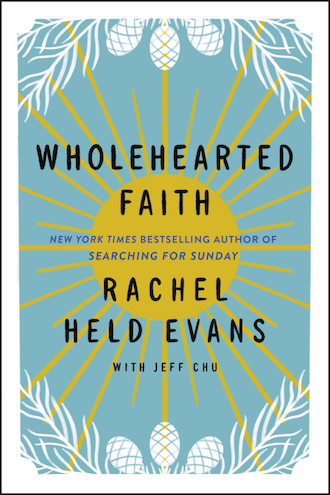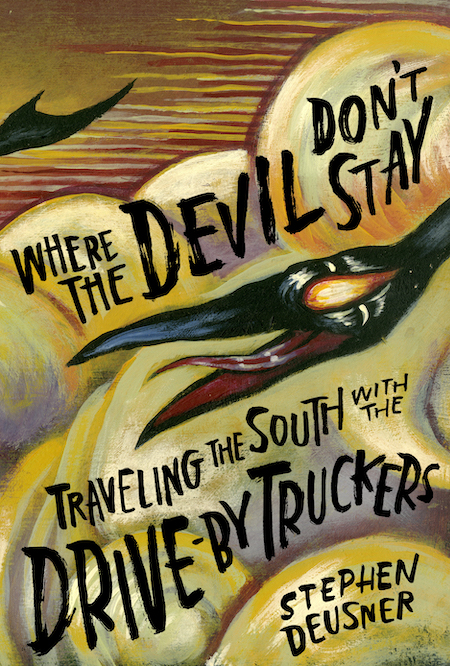The Risky Business of Fairy Tales
In Elizabeth Gentry’s Housebound, dark riddles and magical discoveries fuel a gothic novel
Young girl breaks the powerful spell of family to enter a creepy wood full of mysterious strangers: this plot forms one of the quintessential structures of the classic fairy tale, an influence that’s still alive and kicking in Housebound, the debut novel by Knoxville author Elizabeth Gentry. With Housebound, which has just been released, Gentry won the 2012 Madeleine P. Plonsker Emerging Writer’s Residency Prize at Lake Forest College, a prize which is designed to showcase challenging, experimental work. Immersed in the strange, dark world of fairy tales and gothic novels, Housebound fits that experimental bill.
 The novel centers around Maggie, the eldest of nine children in a family held together by a mysterious collection of unspoken yet airtight rules. Maggie’s assigned role has always been to care for the babies, but by the time her youngest sibling has turned four, Maggie’s place in the family hierarchy—which had felt permanent—now seems to have evaporated. When she breaks the house rules by announcing her intention to leave home and move to town for work, she embarks on an adventure that will change her life, not to mention upend the household of younger siblings left in her wake. On the eve of her departure, Maggie feels these changes taking place: “[Something] had already happened down beneath the depths that had only just this morning rippled to the surface, the tip of a fin that was her declaration to leave, and the whole huge leviathan would soon cause the entire ocean to heave.”
The novel centers around Maggie, the eldest of nine children in a family held together by a mysterious collection of unspoken yet airtight rules. Maggie’s assigned role has always been to care for the babies, but by the time her youngest sibling has turned four, Maggie’s place in the family hierarchy—which had felt permanent—now seems to have evaporated. When she breaks the house rules by announcing her intention to leave home and move to town for work, she embarks on an adventure that will change her life, not to mention upend the household of younger siblings left in her wake. On the eve of her departure, Maggie feels these changes taking place: “[Something] had already happened down beneath the depths that had only just this morning rippled to the surface, the tip of a fin that was her declaration to leave, and the whole huge leviathan would soon cause the entire ocean to heave.”
Beyond its general setting of southern Appalachia in the recent past, Housebound lives in a world that’s unattached to specific times or places. Maggie’s family appears to exist without context or history—things seem always to have been as they are. The mood of the novel is by turns claustrophobic and remote, bound up in the silent state of the household at the time Maggie decides to leave. The book opens by describing this mysterious silence: “Leaving home felt like tunneling out of a snow that kept everyone housebound so long they had run out of things to talk about. There were no more anecdotes, poetry recitations, ghost stories, contrived games, or late-night disclosures before the wood stove. Rather than building their knowledge of one another in successive cycles of irritation and love, memorizing each layer as they aged and grew, the eleven members of the family had simply succumbed to a silence that turned them into strangers.”
As with the heroines of classic fairy tales, readers can get only so close to Maggie. We learn about her through quick wisps of memory and observation. This effect is both the novel’s strength—its ability to play with the elements of fairy tale and gothic fiction—and also its potential limitation: readers who prefer to sink their teeth deeply into the physical and psychological experience of a novel’s central character may find Maggie too elusive.
Housebound’s great charm lies in its details rather than its characterizations. Gentry spins a playful, sometimes wicked world populated by oddly shaped houses set deep in the woods, long-lost family members with intriguing histories, animals with their own agendas, and the forbidden fruit of sugary confections. Throughout the book, Gentry builds intrigue and tension from these well-placed items of fairy-tale business.
The experimentalism of Housebound brings to mind the elaborate, risk-taking designs that often appear on high-fashion runways. These bold creations may remain primarily on the runway, their skill and vision admired most by those within the trade, but elements of their adventurous spirit eventually resonate all the way down to fashions on the street, making the larger world more vibrant and varied. With its commitment to high-wire form, Housebound possesses that adventurous resonating spirit.
Elizabeth Gentry will discuss Housebound at Union Ave Books in Knoxville on December 6, 2013, at 6 p.m.


